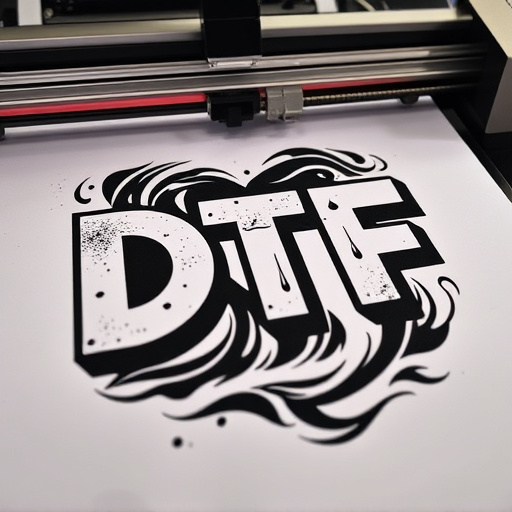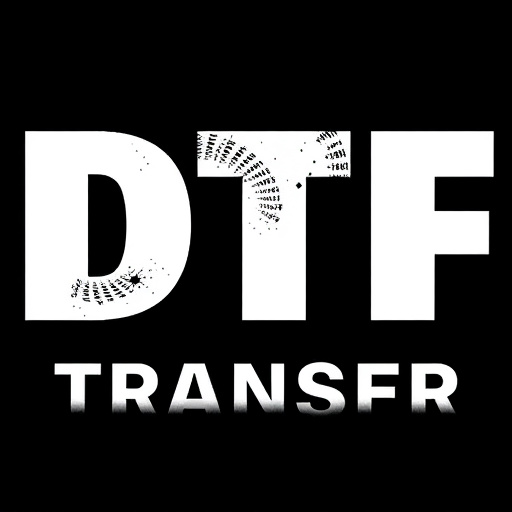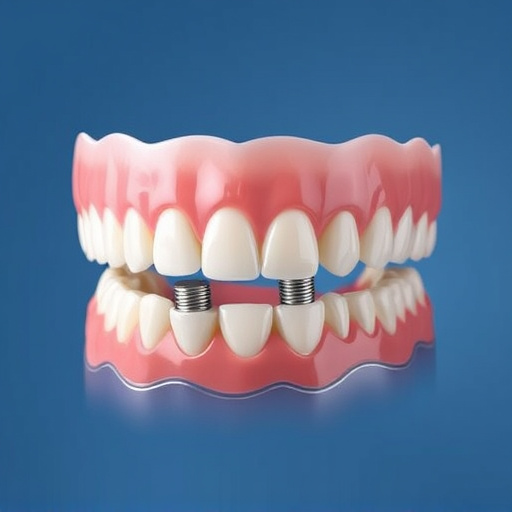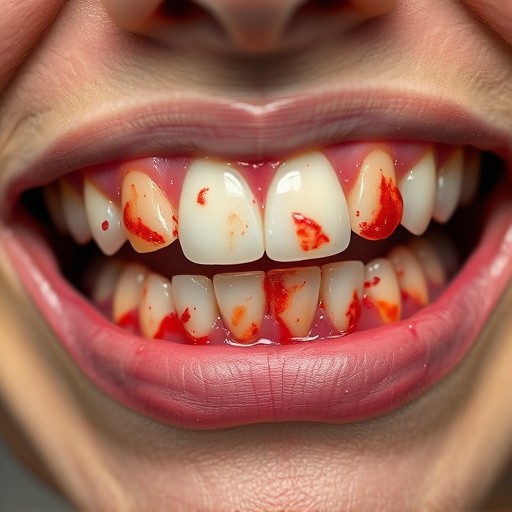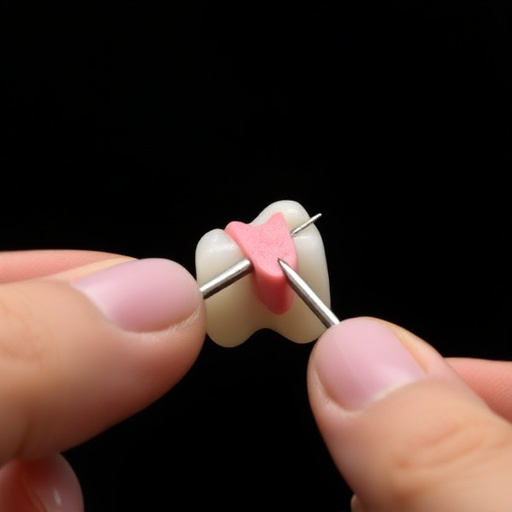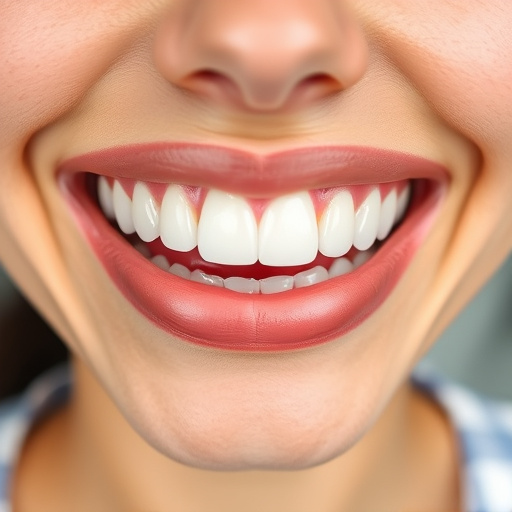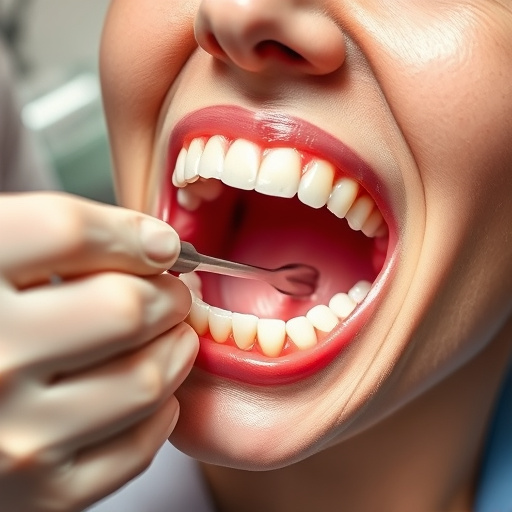Dental office technology, led by Electronic Health Records (EHRs), has dramatically improved patient care in today's digital age. These systems streamline appointment scheduling, securely store comprehensive patient histories including treatment plans and medical conditions, and enhance communication among dental professionals for proactive oral health management. EHRs facilitate efficient workflow, reduce errors, enable quick access to patient data, and ultimately lead to better patient outcomes across various specialties like cosmetic and preventive dentistry.
Dental office technology is transforming workflow efficiency, revolutionizing how practices manage patient data, communicate with patients, and deliver care. From electronic health records (EHRs) streamlining patient management to online booking systems enhancing communication, these advancements streamline operations and improve patient experiences. 3D imaging and CAD software further optimize treatment planning, leading to more accurate and successful outcomes. Discover how integrating the latest dental office technology can drive efficiency and elevate your practice.
- Streamlining Patient Management with Digital Systems
- – Exploring the role of Electronic Health Records (EHRs) in organizing patient data efficiently.
- – Benefits of digital charting and its impact on reducing paperwork and improving accuracy.
Streamlining Patient Management with Digital Systems
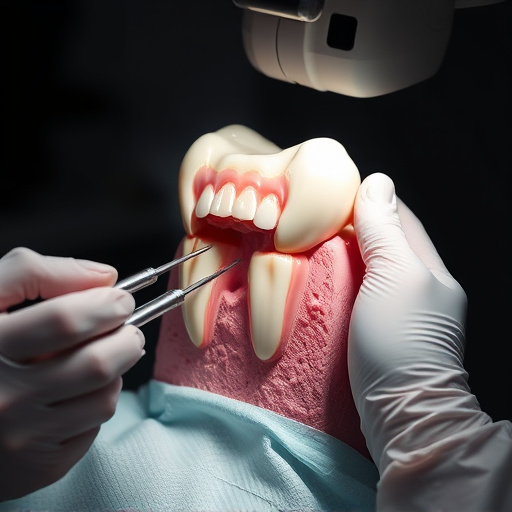
In today’s digital era, dental office technology has transformed patient management, making it more efficient and streamlined. Digital systems, such as electronic health records (EHRs) and practice management software, have replaced traditional paper-based methods. This transition offers numerous benefits, from simplifying appointment scheduling to storing patient data securely and accessible. With just a few clicks, dental professionals can access comprehensive patient histories, including treatment plans, medical conditions, and preferences, ensuring continuity of care and enhancing patient experiences.
These technological advancements also play a pivotal role in various dental specialties, including cosmetic dentistry and preventive dentistry. EHRs facilitate the tracking of preventive measures like cleanings and check-ups, reducing the chances of complex procedures later, such as tooth extractions. Moreover, digital systems enable better communication between patients and dentists, promoting proactive oral health management and ultimately improving overall workflow efficiency within the dental office.
– Exploring the role of Electronic Health Records (EHRs) in organizing patient data efficiently.
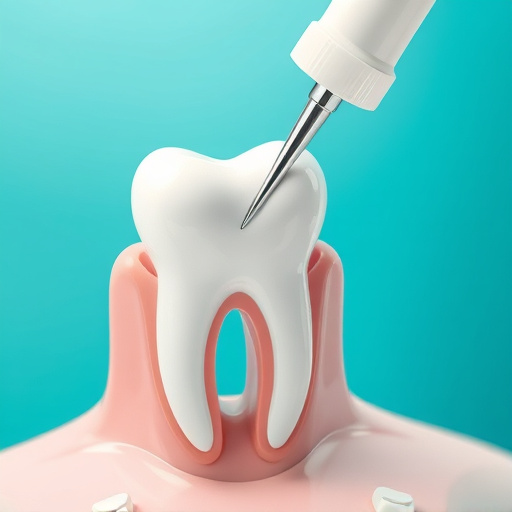
In today’s digital era, Dental Office Technology plays a pivotal role in enhancing workflow efficiency through the integration of Electronic Health Records (EHRs). EHRs serve as a centralized repository for patient data, meticulously organizing and storing information such as dental history, treatment plans, radiographs, and medical histories. This streamlined approach facilitates quick access to crucial details, enabling dentists and their teams to make informed decisions and deliver more effective care.
Moreover, the use of EHRs promotes seamless coordination among dental professionals. By sharing patient records securely and instantaneously, they ensure continuity in care, especially for patients undergoing complex procedures like dental bonding or needing advanced treatments like cosmetic fillings or teeth cleaning. This interconnectedness not only reduces administrative burdens but also contributes to improved patient outcomes by ensuring every interaction with the dental office is accurately documented and readily accessible.
– Benefits of digital charting and its impact on reducing paperwork and improving accuracy.
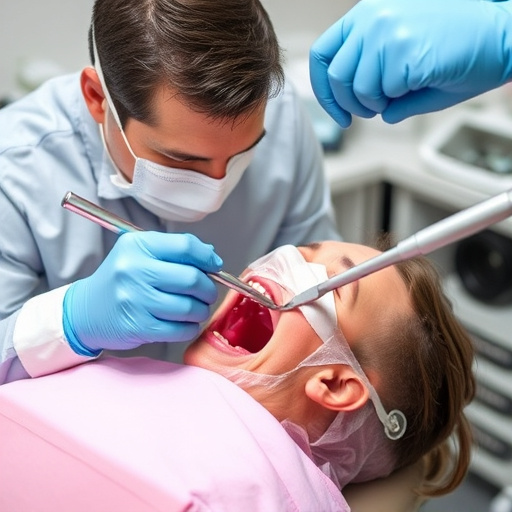
Digital charting has revolutionized dental office technology, significantly streamlining workflows and enhancing overall efficiency. By replacing traditional paper charts with electronic alternatives, dental practices can reduce paperwork and minimize errors. Digital records are more accessible, allowing for quick retrieval of patient information during appointments. This accessibility speeds up treatment planning and facilitates better communication between dental teams, especially when multiple specialists are involved.
Moreover, digital charting improves accuracy in several ways. It reduces the risk of misplacing or losing paper charts, which can lead to delays and potential errors in patient care. Digital records also enable dentists to update patient information in real-time, ensuring that all team members work with the most current data. This precision is particularly beneficial for procedures like routine oral exams and preventive dentistry, where accurate record-keeping is crucial. Even during complex treatments such as tooth extractions, digital charting can help track patient history, medications, and progress more efficiently.
Dental office technology, particularly through the implementation of Electronic Health Records (EHRs) and digital charting, has significantly transformed workflow efficiency in modern dental practices. By streamlining patient management, these technologies reduce paperwork, enhance accuracy, and free up valuable time for dental professionals to focus on patient care. Embracing these innovations is not just a step towards digitalization; it’s a strategic move to optimize operations, improve patient experiences, and ultimately, deliver higher-quality dental services.

